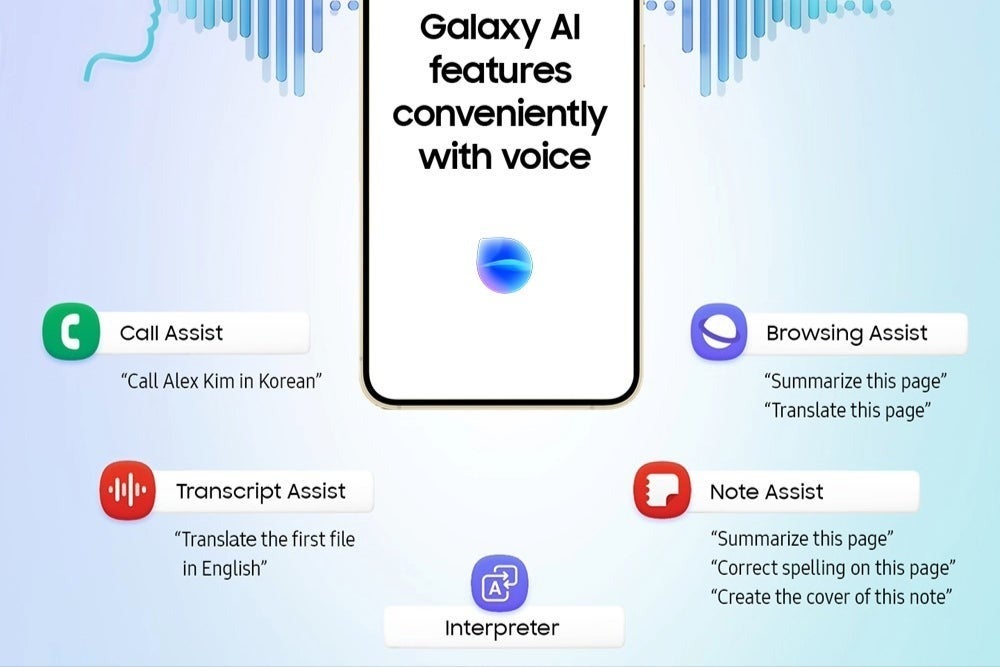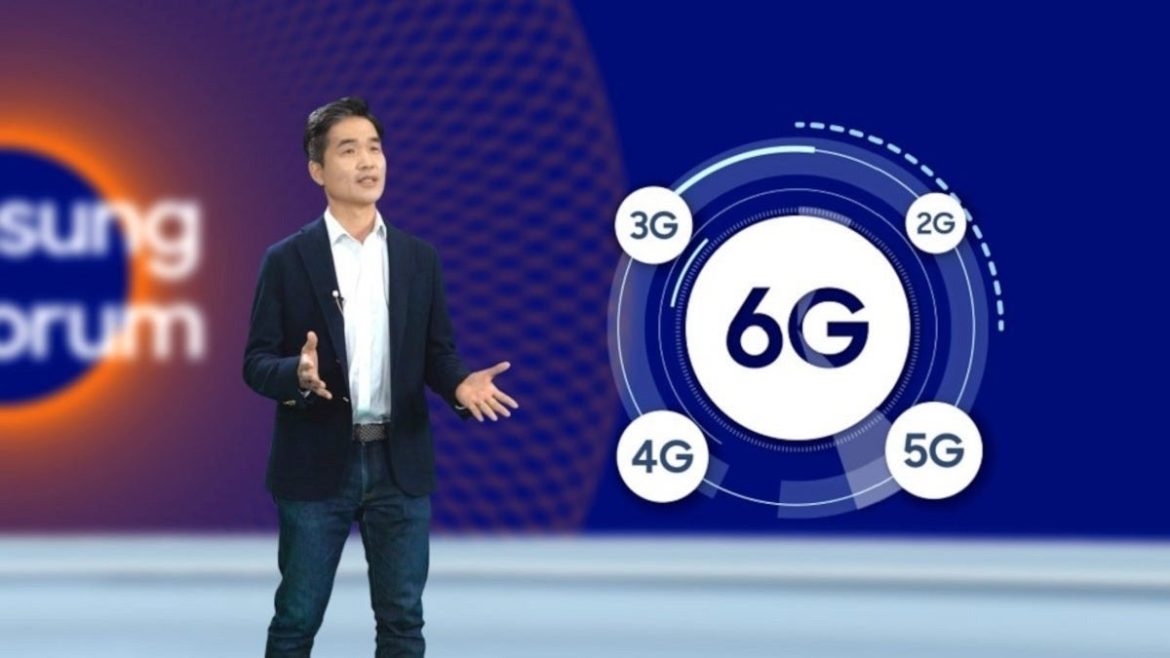Instead of chasing after record-breaking download speeds or lower latency, Samsung says that the next generation of wireless connectivity has to focus more on intelligence, reliability, and its value to everyday users. According to Lee Ju-Ho, the changes 6G will bring along “cannot be expressed in numbers,” and the industry must “change the direction of the technology.”
The statement carries a somewhat philosophical tone and might sound a bit broad for a networking keynote, but it could still point the industry in the right direction. The average user has yet to experience any real improvements from 5G connectivity, despite years of marketing hype and the way it was pushed onto phone manufacturers and consumers alike.
The fact is that, globally, 5G coverage remains inconsistent, as many of its promised benefits such as faster speeds, lower latency, and extensive IoT connectivity are still limited to select regions.
Samsung’s message is that 6G needs a different story to fuel its future.
AI becomes the centerpiece of 6G


Because obviously, even 6G can’t happen without AI calling the shots.
If 5G was about faster connections, 6G will be about smarter ones.
Lee Ju-Ho confirmed that AI-native networking will be a “key feature” of Samsung’s 6G roadmap. The system requires direct intelligence integration at the network layer to achieve real-time self-management and optimization and repair capabilities. In theory, AI could detect signal interference before it causes outages, dynamically adjust frequency use, and optimize power consumption based on user behavior.
This shift from brute-force speed to intelligent efficiency mirrors the broader trend in mobile hardware we see today. The smartphone division of Samsung has integrated AI technology into their products through camera processing and battery management systems, and their upcoming development will apply this approach to network operations.
Samsung sees 6G technology as a solution that will serve aging populations, improve accessibility, and manage autonomous systems like smart vehicles through Integrated Sensing and Communication (ISAC) — a technology that merges radar-like spatial awareness with traditional connectivity.
A global race that’s already underway


There are a lot of players in this race, and everyone is doing their part.
Samsung is currently collaborating with Arm on parallel packet processing, an open-source initiative designed to handle data throughput up to 1TB/s. That’s roughly equivalent to streaming 30 Blu-ray movies every second. But the goal here is not the speed itself, but making it manageable and power-efficient, which would help future networks handle dense AI and IoT ecosystems.
Qualcomm says 2025 will mark the start of official 6G standardization, in partnership with Nokia Bell Labs and Rohde & Schwarz, focusing on AI-native protocols. MediaTek, on the other hand, is exploring hybrid computing that blends cloud, RAN (Radio Access Network), and device intelligence, while working with NVIDIA and Intel on new low-latency communication methods.
Samsung’s 6G rethink
The first commercial 6G standard is expected by 2029, though given how quickly this conversation is evolving, it’s likely that we’ll see early demonstrations well before that. For now, at least, Samsung seems determined to make sure that the next big “G” isn’t just a faster version of the last one.


“Iconic Phones” is coming this Fall!
Iconic Phones: Revolution at Your Fingertips is the ultimate coffee table book for any phone enthusiast. Featuring the stories of more than 20 beloved devices, it takes you on a nostalgic journey through the mobile revolution that transformed our world. Don’t miss out—sign up today to lock in your early-bird discount!
#Samsungs #plan #aims #fix #wrong
